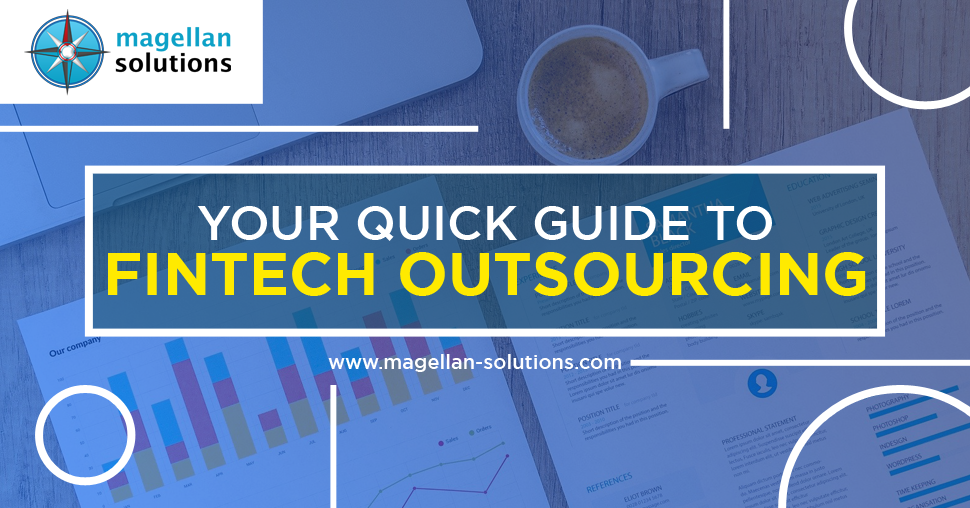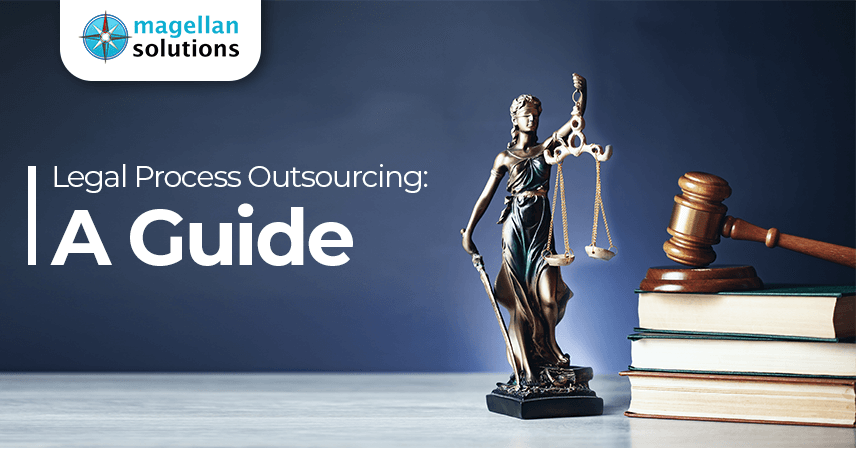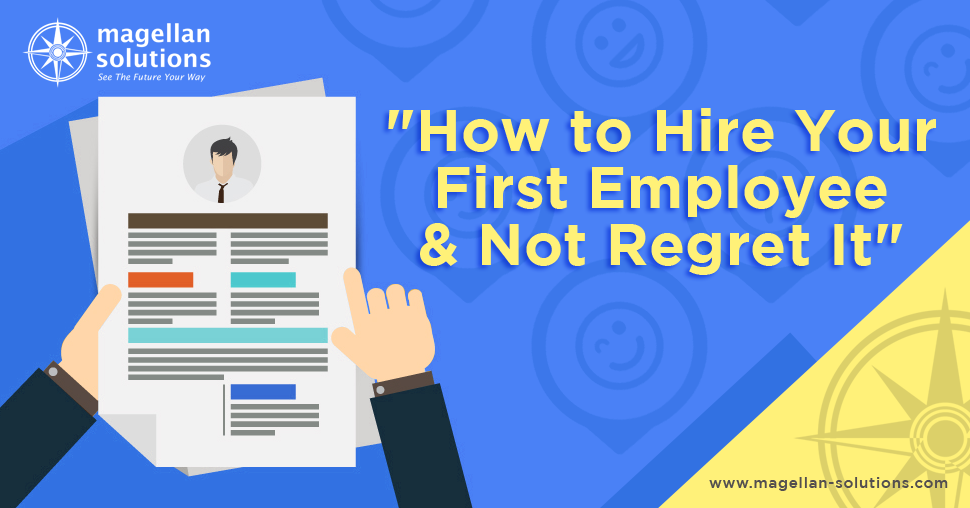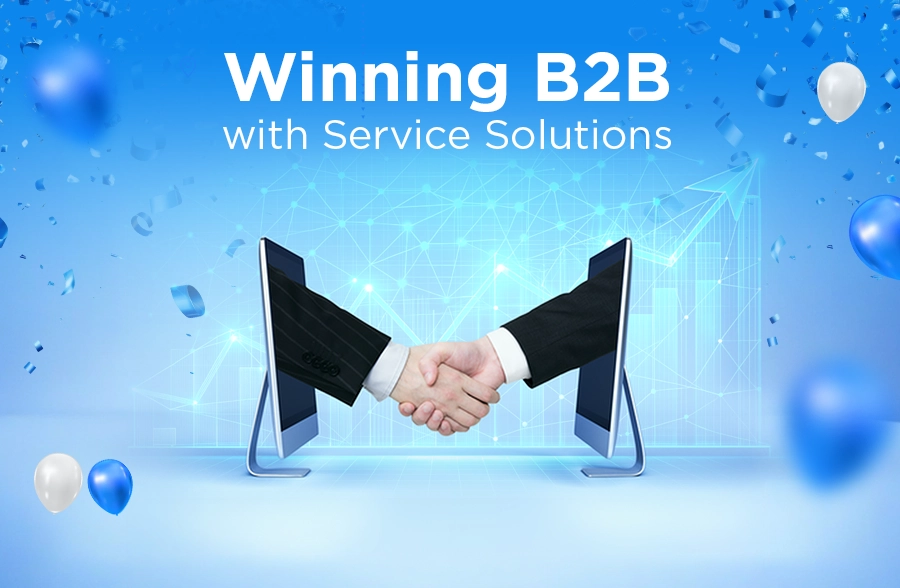Schedule a FREE call with our outsourcing expert now and get a precise quotation that meets your requirements. Don't wait - get started today!
Congratulations! After much time and hard work, you have your own business. However, the real challenge has only started. For the next step, you need to gather the people you need to help you conduct this business. Now, it’s time to learn how to hire your first employee successfully.
There may be a lot of job seekers out there who would want to be a part of your organization. However, not all of them can help your business grow. The earliest stage of your business is extremely delicate, so you need the right people to help you thrive.
As a new business owner, there are plenty of factors to consider when hiring your first employees. Your hiring capacity is at the foremost of that. Can you afford to hire in-house staff, or is outsourcing the wiser choice? No need to worry too much about it, because we have these tried-and-tested tips for you.
The legal preparation on How to Hire Your First Employee
Before looking for candidates, you must fulfill certain legal obligations as an employer. There are legal rules that now apply to you, and you need to make sure that you follow all of them. You need to set these in order from tax forms to insurance requirements before hiring employees legally.
Here is an overview of how to hire your first employee in compliance with the legal requirements you must accomplish:
For the US:
- Employer identification number (EIN): an EIN is used for tax returns, payroll taxes, and other tax-related or financial documents. You need an EIN to be recognized legally as an employer.
- Labor department registration: you need to go to your local labor department and register as an employer.
- Get worker’s compensation insurance: worker’s comp coverage is needed to protect workers in case they suffer work-related injuries. However, some areas do not require small businesses to get this insurance.
- Set up a payroll system: you need a payroll system to withhold employee taxes. This includes social security and healthcare coverage.
- Occupational safety: You must ensure that your workplace adopts the necessary safety measures.
Australia:
- Offer proper wages: ensure you can offer the appropriate current award or compensation.
- Guarantee anti-discrimination and equal opportunity: before hiring an employee, your workplace should meet the anti-discrimination and equal opportunity requirements. The Australian Human Rights Commission mandates these.
- Learn your tax obligations: this varies for every business type. Ensure you understand and adhere to the taxation laws for your business.
- Get the necessary insurance: you need to get worker’s compensation insurance and business insurance.
- Work health and safety: implement the necessary measures to provide occupational health and safety.
Countries part of the European Union:
- Health and safety: you need to ensure that the workplace complies with health and safety standards.
- Equal opportunities: employers need to guarantee equal treatment and that all employees are protected against discrimination.
- Transparent working conditions: ensure employees are clear about the essential aspects of their work. As such, you need to provide employees with contracts that clearly state their tasks, obligations, working hours, and applicable start and end dates.
- Working hours: you should comply with the EU’s Working Time Directive. This includes paid leaves, rest days, and not exceeding the maximum weekly working hours.
Legal requirements for employers may vary per area. So, you need to research this or ask local authorities.
Set up employee documents.
Before hiring anyone, you need to create an employee handbook. The handbook should detail your employee and workplace policies.
You also need to create a file containing the job-related information of your future employees. This would include employee contracts, job applications, performance evaluations, and forms for employee benefits. The file should be stored in a secure and confidential location, accessible only to you and other key staff members.
Develop an efficient hiring process.
Of course, you must have a proper hiring process before hiring your first employee. It helps you have a clear onboarding flow and lets your candidates know what to expect. Here are some steps to follow when developing your hiring process:
- Identify the role(s) you need
- Create the job description(s)
- Advertise or publicize the position
- Reach out to ideal candidates
- Review the applications
- Schedule an initial screening or phone interview
- Schedule on-site interviews
- Assess the applicants using a standardized test
- Perform a background check and, if applicable, a reference check
- Identify your top choice
- Extend an initial job offer
- Upon acceptance of the job offer, have the applicant file the necessary paperwork.
- Start your onboarding and training process.
As a new employer, you may find this a daunting task. There are plenty of processes to learn and requirements to meet before you can develop an efficient hiring process. However, there’s plenty of help you can find. For starters, you can check out this checklist for hiring employees we made for you.
Business process outsourcing can be one of the greatest help you can get. It is just like using the services of an independent contractor. Your outsourcing partner can provide hiring managers to handle your hiring process or virtual assistants who can take care of non-essential tasks, while you focus on your core activities.
Finding and choosing the best candidates
Meeting the legal requirements, setting up the necessary documents, and developing a hiring process are merely preparations. Once you have all of those down pats, it is time to select your very first employee.
When selecting among a pool of candidates, the most vital advice is not to rely entirely on your instincts. It does not matter how menial the job is, or how soon you need to fill the role.
You can avoid a lot of trouble by conducting a solid background check. Check whether an applicant has a criminal past, and test for illegal substances. You may also conduct psychological assessments to screen for unwanted behavior.
It would help if you also considered the applicant’s potential and not only their track record. Look for an employee whose values, passions, and interests are aligned with yours. If an applicant has the skills and passions you seek, you can easily unlock their potential.
During the interview, applicants also need to demonstrate their aptitude and skills. Ask them to show how they would handle specific situations related to the job. This can help you ensure they understand their future tasks sufficiently.
Business process outsourcing companies can help you do it. They know well how to hire your first employee. The earliest stages can make or break your business. So, it would be best to have a team you can trust and certainly contribute to your growth. Being a first-time employer can be overwhelming and tedious, but hiring your first employee can be greatly rewarding for yourself and your business.
















